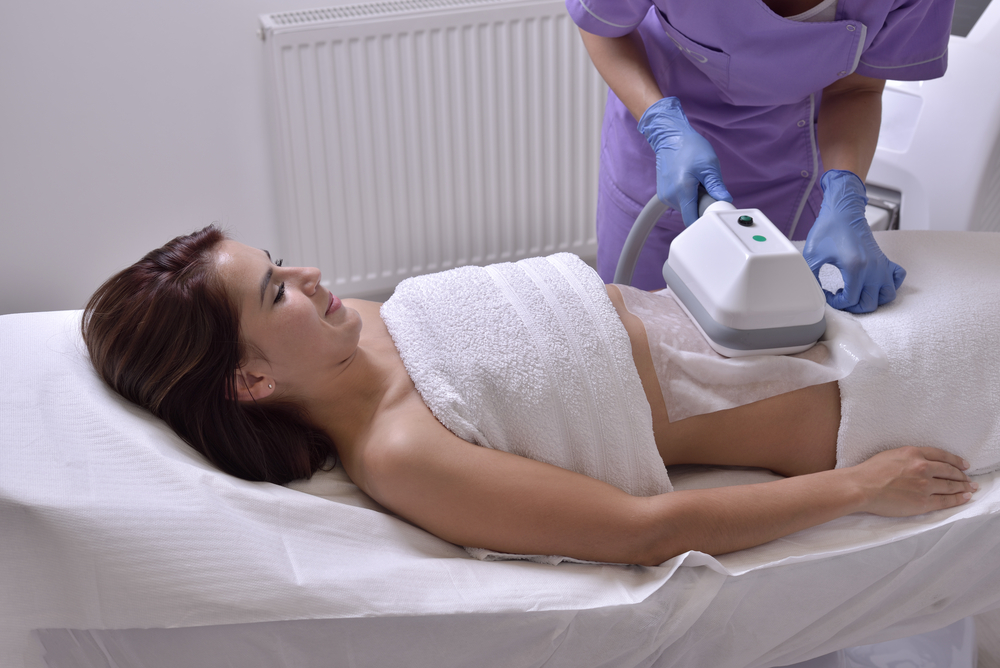Many individuals interested in body contouring select non-invasive treatments like CoolSculpting because they wish to avoid a surgical procedure.
In most cases, a non-surgical approach can provide patients the circumferential reduction that they are seeking with minimal risks and zero downtime.
However, this may not be the case for those that are affected by a rather uncommon side effect of cryolipolysis known as paradoxical adipose hyperplasia (PAH). When patients encounter PAH, the treated area actually gets larger instead of smaller.
While most individuals will not experience PAH, researchers now contend that it occurs more often than statistics originally led them to believe.
Here’s what patients should know about paradoxical adipose hyperplasia following cryolipolysis, how it should be managed, and what intervention can be taken to correct it.
What Is Paradoxical Adipose Hyperplasia (PAH) Following Cryolipolysis?
Cryolipolysis is a non-surgical treatment that uses very cold temperatures to freeze and destroy pockets of fat on the abdomen, love handles, thighs, arms, and chin.
Patients typically note a reduction in excess fat on the treated area within four-to-six weeks post-procedure.
However, when paradoxical adipose hyperplasia occurs, the treated area actually enlarges to form a painless, hardened mass under the skin. This side effect usually presents within several weeks of cryolipolysis.
How Common Is Paradoxical Adipose Hyperplasia: Fat Freezing Complications
According to the manufacturers of cryolipolysis equipment, PAH is a very rare complication and has an incidence of 1 out of every 4000 treatment cycles.
On the other hand, a recent study published in Plastic and Reconstructive Surgery, the official medical journal of the American Society of Plastic Surgeons (ASPS), indicates that PAH may occur much more frequently that the above-mentioned statistic.
What Is the Solution to This Cryolipolysis Complication?
In cases of PAH, individuals must wait several months before a plastic surgeon can correct the localized fat with power-assisted liposuction. This waiting period is necessary to allow time for the hardened mass to soften, otherwise PAH could reoccur.
Additionally, patient education and reassurance is extremely important when individuals experience PAH. It’s essential that the provider thoroughly explains the condition, presents a complete treatment plan for surgical liposuction, and addresses concern and worry as patients wait for correction.
Fortunately, PAH is highly treatable, and most patients are extremely pleased with their end results.
For additional information about paradoxical adipose hyperplasia and treatment options for correction, please contact our office today to schedule a consultation.


